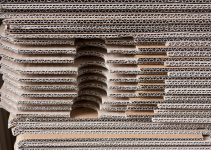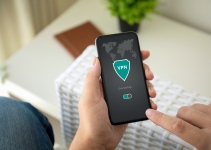The world of cosmetic software is much vaster than one could imagine. Cosmetics regulatory compliance is both non-negotiable and complex to achieve for manufacturers. In the US alone, every state has its own rules regarding personal care products. And the same goes for every country across the planet. In this context, computer programs provide an invaluable help as they can centralise manufacturing processes all while ensuring local and global regulatory conditions are met.

Cosmetic Software: An Answer to Regulatory Complexity
In addition to their multiplicity, cosmetic regulations are constantly evolving. This fast pace ensures a swift answer to consumer demand and guarantees proper levels of safety and traceability are maintained. It does, however, mean that manufacturers need to put additional effort into keeping up with these ever-changing standards, especially if they want to distribute their products on the international market.
Cosmetic software provides them with a tool to help them handle global commercialisation. Labelling, product information packaging, advertising … the rules that apply to every aspect of cosmetic formulation and distribution emanate from governmental bodies. In the EU, the Regulation (EC) 1223/2009 applies. In the US, the Food, Drug and Cosmetic Act provides a base upon which each state is free to build. In Canada, Cosmetic Regulations define these rules.
PLM Software: From Formulation to Labelling
PLM-type cosmetic software offers regulatory modules that provide all the functionalities necessary to ensure optimal compliance. From the research and development phase all the way to the finished product, every aspect of the manufacturing process is covered.
Formulation Validation
Cosmetic software features automated formulation tools. These allow chemists to check the conformity of their quali/quanti formulas. From the concentration of raw materials to allergens, traces and impurities, every detail that needs to be reported is flagged automatically. With all this information perfectly up to date at all times, the program is able to generate an INCI list compliant with any requirements the product should observe. Based on this documentation, labelling compliance is assured, saving manufacturers considerable amounts of time.
Document and Data Management
Another purpose of cosmetic software is to centralise up-to-date versions of every piece of relevant data, product information, and other documents such as the Safety Data Sheet. All accessible from one, single interface, the information collected can be put at the disposal of any actor needing to analyse it or to refer to it in their daily tasks. Internal teams can even interact with suppliers and use the platform as a collaborative hub.
Form Generation
Every product needs to prove it is compliant with the standards enforced by the country where it is to be commercialised in the form of a very comprehensive dossier. Cosmetic software is also used to generate these complex documents. Product Information File (PIF), CNF, and more depending on local requirements can be generated by the program with a simple click. All the data is reported automatically, from raw materials, to ingredients in the finished product, allergens, etc. It then only remains for the preapproved files to be checked, which is at this point a much easier task.
Cosmetics regulatory software solutions include various types of modules which, depending on your manufacturing processes, you may require in part or in their entirety. The important thing to remember is that providers should be able to offer a tailored solution should you need to integrate more specific features. Never hesitate to ask for a trial to see whether their solution meets your expectations. They will also examine your user profile and suggest the appropriate combination of modules to ensure the program becomes a seamless part of your activities, not hindering them in any way.



